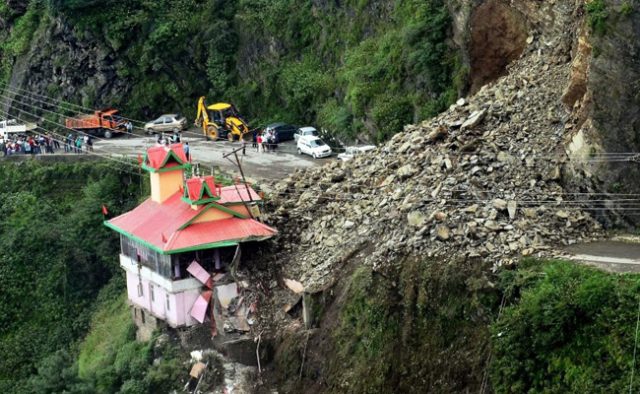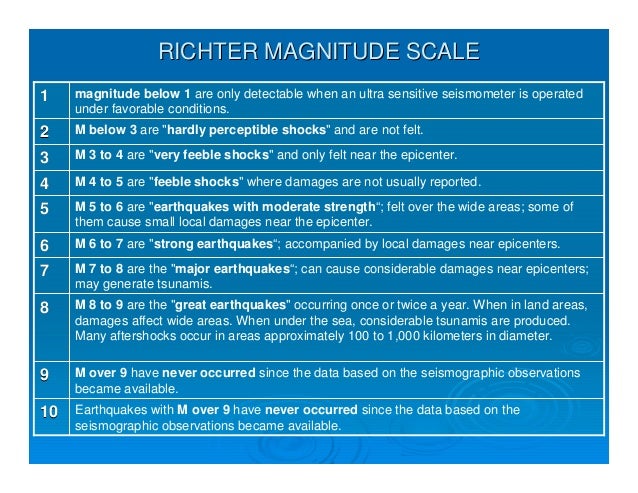What is an Earthquake?
We already know that Earthquakes are natural phenomena brought about by slow but powerful motions within the earth’s crust. At this moment, you will be able to know more about the earthquake.
What is a fault?
Fault is a form in rocks when the stresses overcome the internal strength of the rock resulting in a fracture

WHAT IS PHIVOLCS AND WHAT DO THEY DO?
Philippine Institute of Volcanology and Seismology (PHIVOLCS) is the agency mandated to monitor earthquakes in the Philippines. PHIVOLCS are operated by seismologists which are also called as the “earthquake hunters”.
PHIVOLCS do the following:
- identify the original time occurrence, location, coordinates, depth, source (tectonic or volcanic), and generator of an earthquake
- it is the one that determines the magnitude and intensity level on the affected places/areas.
- involves in facilitating and making tsunami bulletins and warnings.
- do advisory in times of necessary evacuation.
- uses seismogram which records distance of point of observation from earthquake source and is determined using the arrival times of different seismic waves, usually P and S waves
What are the types of Seismic Waves?

The Seismic Hazards
 Ground Shaking (Shake)
Ground Shaking (Shake)
 Ground Rupture (Cut)– ground rupture is the creation of new or the renewal of old fructures, oftentimes with the two blocks o both sides moving in opposite direction
Ground Rupture (Cut)– ground rupture is the creation of new or the renewal of old fructures, oftentimes with the two blocks o both sides moving in opposite direction
 LIQUEFACTION (Very soft soil) -a process that transforms he behavior of a body of sediment from that of a solid to that of a liquid
LIQUEFACTION (Very soft soil) -a process that transforms he behavior of a body of sediment from that of a solid to that of a liquid

 TSUNAMI (waves)
TSUNAMI (waves)
What is the difference between Epicenter and Focus?
Others may be confuse the difference between the two. Focus is the center of energy released by an earthquake. while on the other hand, epicenter is the point on the surface directly above the focus.
Magnitude vs. Intensity
 Magnitude based on instrumentally derived information and correlates strength with the amount of total energy released at the earthquake’s point of origin
Magnitude based on instrumentally derived information and correlates strength with the amount of total energy released at the earthquake’s point of origin
 Intensity perceived strength of an earthquake based on relative effect to people and structures; generally higher near the epicenter
Intensity perceived strength of an earthquake based on relative effect to people and structures; generally higher near the epicenter
Terms to Remember!!!
- SEISMOLOGY– Science
- SEISMIC–pertaining to earthquake
- SEISMOGRAPH– instrument
- SEISMOGRAM – record of earthquake
- AFTERSHOCK– following the mainshock
- FORESHOCK –before a mainshock

⇒ at least 20 earthquakes are recorded per day
⇒ 4 – 5 earthquakes are felt per week
⇒ The Philippine Archipelago has a complex tectonic setting with several trenches and many active faults
⇒ A seismically active area may produce hundreds to thousands of earthquakes in a brief span of time (hours to several weeks)
⇒ There are 30 unmanned stations 29 manned Network of earthquake monitoring Stations in the Philippines
⇒ There are types of magnitude depending on instrument they are the Local magnitude (Ml), Body Magnitude (Mb), Surface Magnitude (Ms), Moment Magnitude (Mw)
NOTE THAT:
YOU, YOUR FAMILY, CLASSMATES AND FRIENDS MAY CONTRIBUTE IN INTENSITY REPORTING!
PHIVOLCS HAS THE KNOWLEDGE AND IT IS OUR MISSION TO PREPARE THE PUBLIC. Some of our information and earthquake campaigns are nationwide lectures and seminars, Earthquake drills, tsunami warning systems, tsunami warning signage, tsunami drill
REFERENCES:
- https://www.google.com.ph/search?dcr=0&tbm=isch&sa=1&ei=Ss1lWtjGEcKY8gXWk6xg&q=Richter+Magnitude+Scale&oq=Richter+Magnitude+Scale&gs_l=psy-ab.3..0l5j0i30k1j0i5i30k1j0i8i30k1l3.130168.173445.0.174787.305.91.3.0.0.0.209.7551.6j58j1.65.0….0…1c.1.64.psy-ab..254.12.1575…0i13k1j0i7i5i30k1j0i67k1j0i7i30k1j0i24k1j0i13i30k1j0i13i5i30k1j0i8i13i30k1.0.YEeCxKCE9F4#imgrc=JNWe8_tf8gGyeM:
- http://jpninfo.com/9890
- https://www.istockphoto.com/vector/earthquake-pen-and-ink-gm586160642-100591225
- https://christchurchearthquakes-hcraven.weebly.com/seismic-waves.html
- https://www.google.com.ph/search?dcr=0&tbm=isch&sa=1&ei=B81lWpTqBMuC8gWVhKnwCA&q=PHIVOLCS+Earthquake+intensity+Scale&oq=PHIVOLCS+Earthquake+intensity+Scale&gs_l=psy-ab.3..0l3j0i5i30k1j0i24k1l4.50384.64905.0.65354.49.28.0.13.13.0.155.3343.0j26.26.0….0…1c.1.64.psy-ab..13.36.3292…0i67k1j0i30k1.0.JHABfG2UGw4#imgrc=enMw9tjimlUJMM:
- http://www.graphicsbuzz.com/graphics/did-you-know-graphics-00d80f.html
Leave a comment